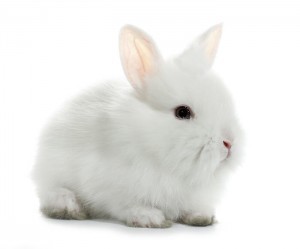Rabbit Habitat Temperature Control

When it’s Cold Outside
When it’s cold out, the easiest thing to do is bring your bunny rabbit inside your home where it’s not exposed to rain, wind or cold. You can also put up a barrier to block the rain and prevent the wind from creating a chill factor. By anchoring a few posts and attaching cable lines from one to another, you can add a temporary tarp wall to shelter the hutch. If you have the luxury of building garden shed that has good ventilation, some window and a place to add a heater, you can keep your pets nice and warm. A green house is another option on cold days where the sun is out but be careful the temps don’t get too warm in these structures.

When it’s Hot Outside
When it’s too hot outside, again, the best option is to bring your rabbit into your house. A garage is suitable location as long as it’s temperature controlled, has good ventilation and a few windows. Another option is to build a temporary canopy using a method similar to building the wind wall. Just take note that the tarp should be light in color, gray or white, so the sun reflects off off it as opposed to absorbing the heat and raising the temperatures. Cheaper solutions include moving the hutch under a shade tree where there might also be a breeze. Finally, by freezing a few water bottles and placing them inside the cage, thy can act as a make-shift air-conditioning unit.

Indoor Temp Control
It’s best to avoid leaving your rabbit’s cage in any clod or damp locations like a basement or unheated garage. Keep the cage off the floor and avoid placing it near any drafty windows or doors. That also means, keeping it away from AC vents and heat registers. Finally, even though it might seem like a pleasant place to live, don’t place the cage in a window seal that receive direct sunlight. Sunlight through windows can increase the temperature of the surrounding air to extremely warm temperatures; even during cold winter days.
Additional Information:
Reviewed By: Tim Winter

Tim Winter has a strong affection for pets and wildlife. His years of experience caring for various types of pets has led him to share his knowledge with others on the best practices in pet care. Tim holds a Bachelor of Science from the University of Oregon School of Journalism and Communications.

My rabbits may need to live in the garage for a year family moving in it has no windows but we can open the door. I live in Oregon and it gets humid in the summer and 20 degrees in the winter. How can I keep my bunnies safe.